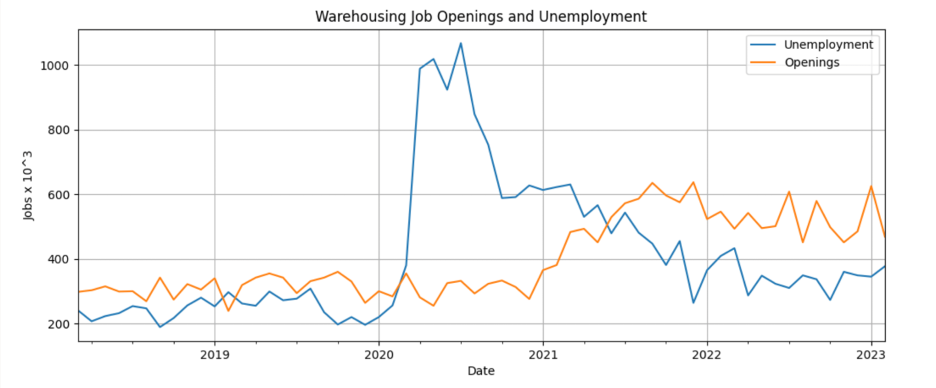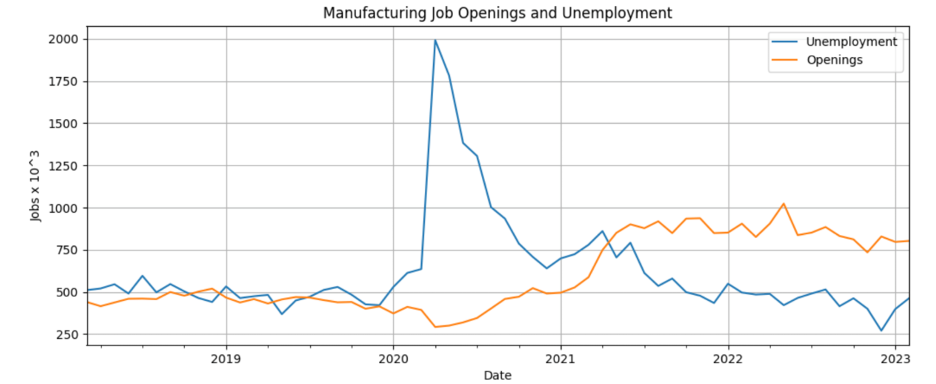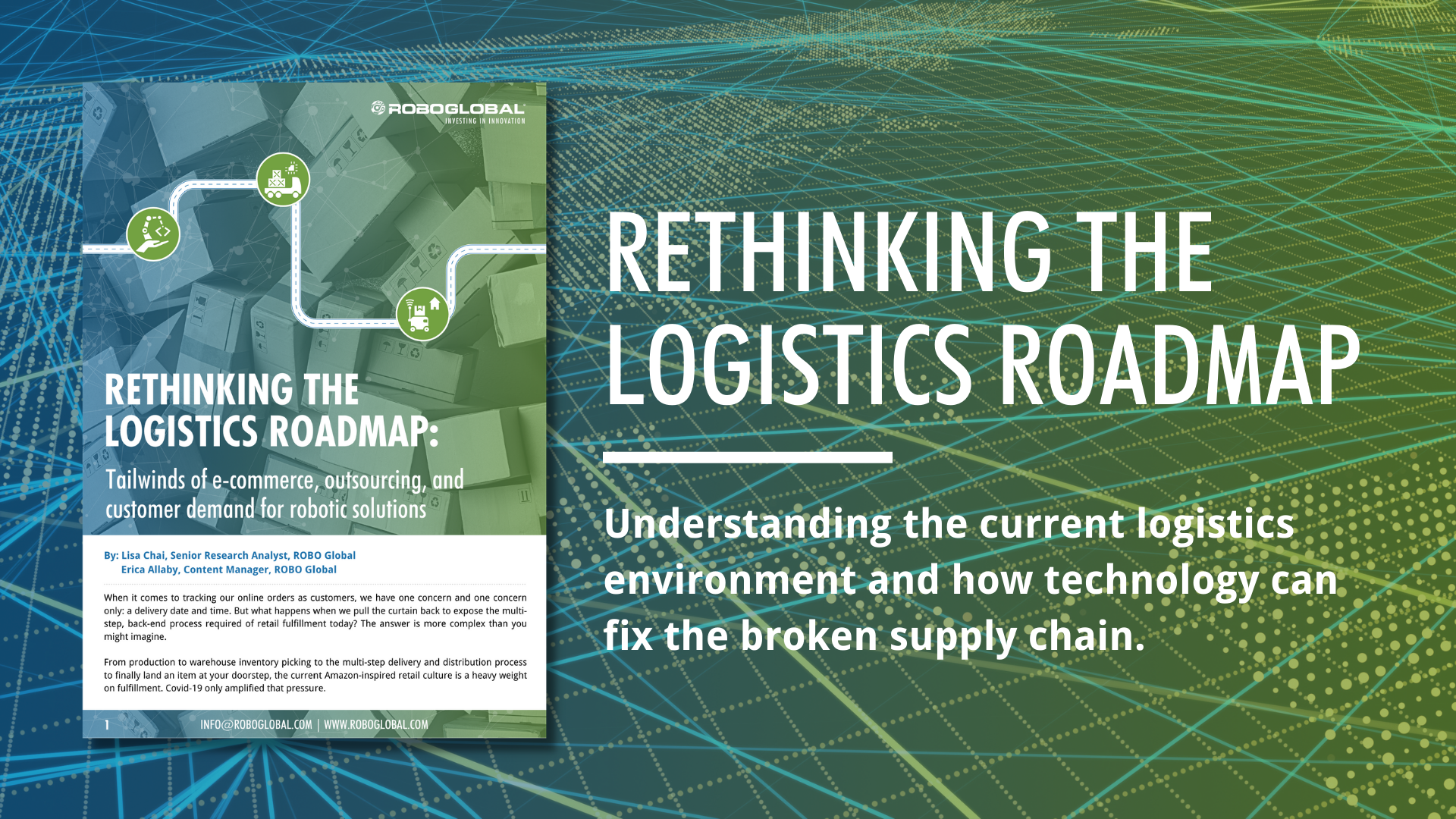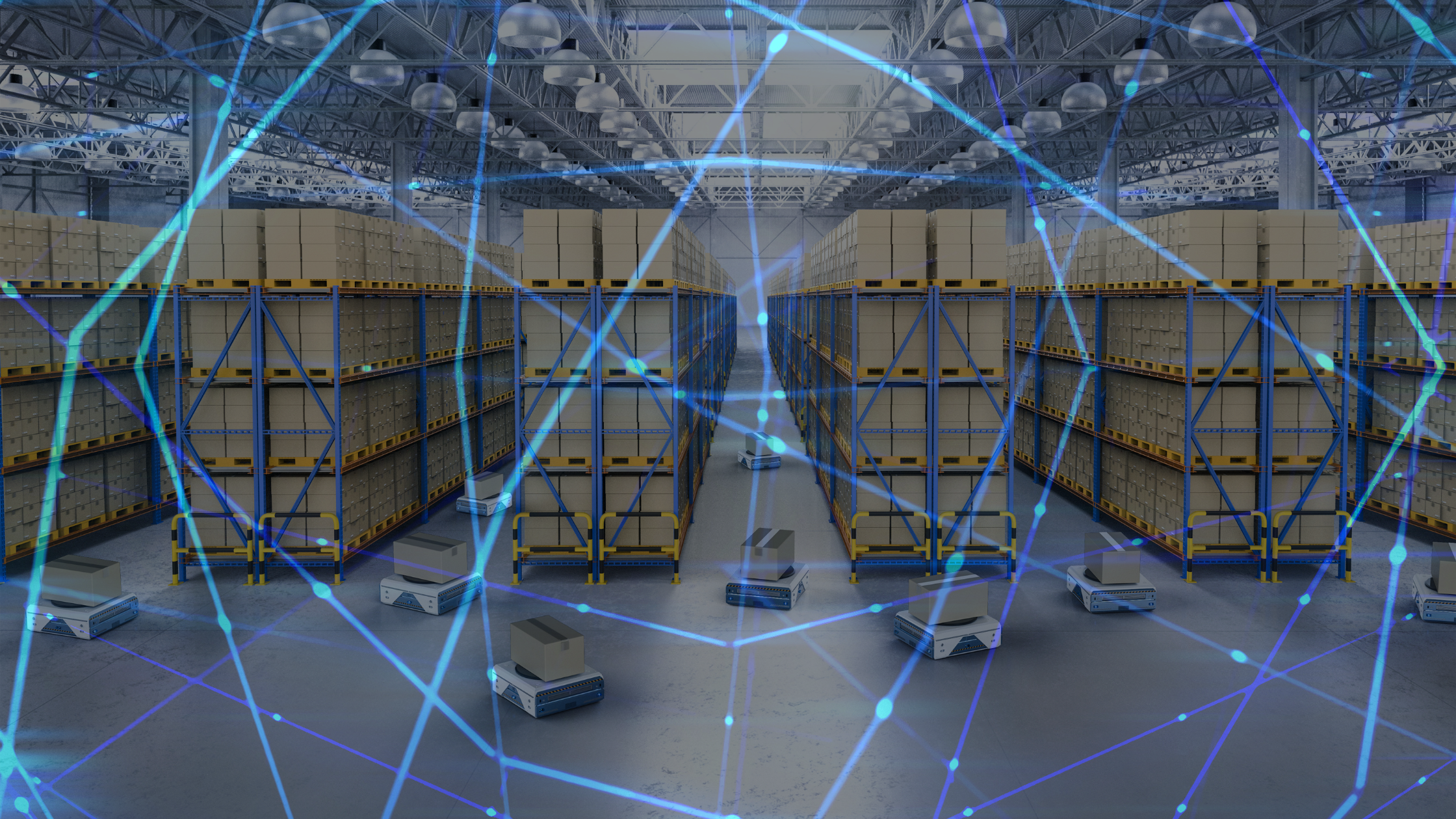By: Henrik Christensen, PhD
Qualcomm Chancellor’s Chair of Robot Systems and a Distinguished Professor of Computer Science at Dept. of Computer Science and Engineering, UC San Diego, ROBO Global Strategic Advisor
For over three decades, I have worked with robotics and automation, closely watching the changes and, perhaps most interestingly, the public perception of the technology.
Not long ago, the public was not paying much attention to the possibilities ahead. Despite the exponential growth occurring, it seemed that discussions about robotics, automation, and AI were largely academic. That was…until a global pandemic changed things.
Like the flip of a switch, our worlds were challenged, and our cultural norms were transformed. The workforce both physically and mentally pivoted. Our consumer demands were challenged. The supply chain exposed its weak spots. All the while, technological advancements continued to progress, many of which we have only begun to bear witness to. We are in fascinating times, indeed.
These societal drivers are shifting the way we work, live, and play. They also impact how we invest as both corporate entities and (hopefully!) as individuals. Let’s dive a little deeper into factors that are driving the demand and adoption of automation in many aspects of our lives.
1.THE LABOR SHORTAGE
The residual effects of COVID-19 and the need to stay at home have created a labor crisis with no evidence of repair. Unlike the 2008 recession, we find ourselves with a labor shortage, not a job opening shortage. This is especially prevalent in the fields of manufacturing and logistics where the number of unfilled roles far outpaces the unemployment rate.


What do you do when there are no people to fill the roles? You have to add more automation. Both large and small companies are investing now more than ever in technology to fill in the gaps. This decision is not a choice but rather a necessity to survive in a tough competitive landscape.
One of the most important things we can do to build sustainable economic growth is to promote education in the fields of manufacturing, logistics, and the like. Incredibly, many of these paths to success and career development do not require a college degree. These are STEM roles that can often be acquired through trade schools or certification programs, dramatically reducing the barrier to entry. These new positions utilize our uniquely human management skills, overseeing the robots doing dull, dirty, and dangerous jobs.
As a professor, I am seeing many of my students laced with fear over the current job market and tech layoffs. We have the talent; now we just need to enable them to pursue the new roles being created by demand. This isn’t just a message for the re-training of college-educated students though; this is also a tremendous job opportunity for people of all ages looking to develop a new skill set or enter a new field. In the meantime, we will continue to see companies investing in technology to fill in for the millions of unfilled jobs.
2. MASSIVE UPTICK IN E-COMMERCE
Covid demonstrated what massive corporations could do when push came to shove with online delivery. Today we have come to expect a package on our doorstep a mere two hours after clicking “Purchase.” The demand for e-commerce and rapid delivery has soared since the beginning of the pandemic, with no signs of slowing, creating an interesting challenge for fulfillment.
Companies both big and small don’t just want to get in on the action, they NEED to. We expect to see more and more automation in fulfillment, be it out of a back room or front and center down a grocery aisle. Localized delivery will also gain traction as companies continue in the race to keep up.
We will see relatively smaller businesses getting involved in the game too, with solutions ranging from traditional automated storage to automatic packaging to mobile platforms driving around out on the floor.
Much of this automation is being made possible thanks to robotics companies that are now providing more flexible deployment on a smaller scale in terms of the minimum number of systems needed. These options can also come at a reasonable cost with easy user interfaces for existing staff to learn.
Unlike the fixed, bulky, and expensive infrastructure of the past, business owners don’t have to worry as much about making the wrong choice when it comes to automating. Now they can use the best technology for the job without having to buy into one particular ecosystem.
When it comes to today’s logistics automation, rapid fulfillment and the need to fill jobs are driving inevitable investment into tech.
3. UNTAPPED, MAINSTREAM APPLICATIONS OF GENERATIVE AI
Nearly all the world has recently witnessed the stunning capabilities of generative AI in some shape or form whether they’ve realized it or not. From the storm of AI portraits that swept Instagram feeds everywhere to the mainstream uses of ChatGPT for simple content tasks to this year’s Sony “Picture of the Year.” Yes, the artist announced that the photo was in fact generated by AI. To say that we have barely scratched the surface of what generative AI can do would be an understatement.
We are only at the very beginning stages of this powerful technology’s reach and the role it will play in our lives. Up until now, so much of our focus has been on generating information. With the public adoption of generative AI, we will start to see our focus shift to the verification of information. We used to have to sit down and write a story; now you can ask generative AI.
One major hesitation we are seeing right now is around the reliability and factual nature of the material. Can we trust it? How do we know that it won’t lie? That is where the verification of information comes in, remaining an important piece of the puzzle. Another huge challenge is plagiarism. How can we assure that the student’s work is original? How do we deal with the replication of singers’ voices? While there are many potential obstacles bound to emerge from the use of this technology, the promise is endless. Generative AI is really going to change how we operate at a foundational level.
INVESTING IN AUTOMATION
These are merely three factors pushing us into a more automated world. In my eyes, there's no doubt that this adoption will generate significant growth across all sectors of the market. The question is: how do you make the right bet? With the ROBO index (robotics & automation) and the THNQ index (AI), investors can gain diversified exposure to both the developers and users of these incredible technologies. After all, these technological and societal changes are just the beginning of how our world is changing to adjust to new user demands―and how we’re using technology to meet those demands.




